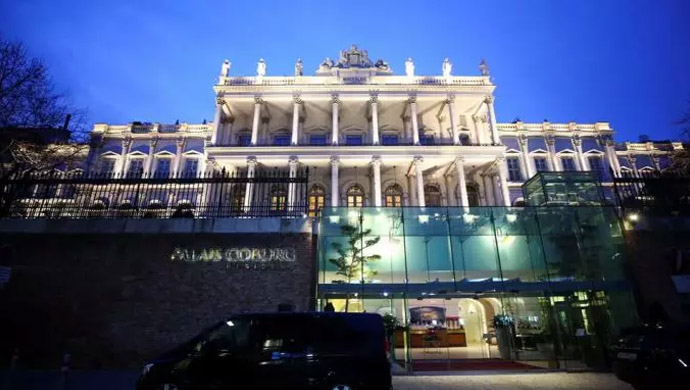Negotiations over Iran’s nuclear program have turned into a tight knot. Since the last day of the seventh round of talks in Vienna last week to the upcoming talks this week, all sides involved in the negotiations have acknowledged that Iran’s nuclear standoff has reached a deadlock.
In the past six rounds, western negotiators mostly expressed optimism about the talks and were inclined to provide the regime with concessions to bring it within the boundaries of the 2015 nuclear deal, formally known as the Joint Comprehensive Plan of Action (JCPOA). But after this latest round of talks, Tehran’s counterparts in the talks, including China and Russia, are shocked and disappointed over the regime’s stance and its maximalist demands. Tehran has submitted two draft proposals in the talks, in which it has increased its demands for sanctions relief while committing to fewer limits on its nuclear program.
A U.S. official are expressing concern that the regime is accelerating its nuclear program in “provocative ways” while stalling talks. Iran is “the reason why there is not … a mutual return to compliance” with the original nuclear deal, the U.S. official added.
Speaking of Tehran’s behavior in the talks, U.S. State Secretary Blinken expressed concern that “recent moves, recent rhetoric, don’t give us a lot of cause for … optimism.”
“What Iran can’t do is sustain the status quo of building their nuclear program while dragging their feet on talks,” Blinken said.
“Iran is backtracking on almost all of the difficult compromises reached… and is demanding substantial changes to the text,” diplomats from UK, France, and Germany said after the talks ended.
Meanwhile, Iranian regime officials are digging in their heels and bullying its counterparts into giving it more concessions.
“Iran’s proposals to the world powers cannot be rejected,” Tehran’s chief negotiator Ali Bagheri Kani told the media after the talks.
“The other side must examine these documents and prepare itself to hold negotiations with Iran based on these documents,” Bagheri Kani said.
But the regime’s continued faceoff with the international community is pushing it toward a dangerous precipice.
The regime’s own state media and experts are warning about the ultimate fallout of the talks.
Following the failure of the seventh round of talks in Vienna, the state-run Ebtekar Daily warned, “After the talks’ failure, inflation in Iran will expectedly rise, leading to protests, and there will be efforts to refer Iran’s dossier to the UNSC under Chapter 7 of the UN Charter.”
Setaryeh Sobh, another news outlet, wrote, “The price of the dollar rose a week after the nuclear talks. This situation will repeat and make people’s lives harder, rendering dissatisfaction. Then, nuclear power will be of no use because people will be worried, angry, and dissatisfied.”
And Jahan-e Sanat quoted an MP as saying, “We have no plan B if the talks fail. We have no other way than to revive the JCPOA and have sanctions lifted.”
The contradictory remarks of Iranian officials at home and abroad indicate a state of confusion in the regime. The regime must make a choice between two very bad options.
On the one hand, it can “drink the poison chalice,” as the regime’s own officials like to say, by retracing its steps, stopping its nuclear enrichment, recommitting to limits on its program and pave the way for talks on broader issues such as terrorism, ballistic missiles, and human rights abuses, which the regime considers as its pillars of power.
On the other, the regime can continue the standoff with the international community. This is a path that even the most eager proponents of the appeasement policy are now becoming wary of. As the threat of regime’s nuclear program grows, the world will have to take decisive action.





